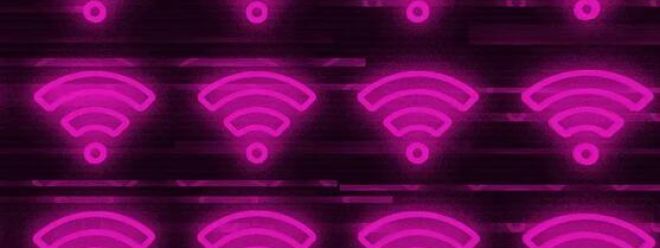FCC's victory clears the way for a large-scale upgrade of Wi-Fi 6E

A ruling [PDF] published by the U.S.
District of Columbia Circuit Court of Appeals on Tuesday supports a decision
made by the Federal Communications Commission in April 2020 to open up the
1200MHz spectrum in the 6GHz band for "unauthorized use." The
so-called "unauthorized use" means that anyone can use it, including
the use of your future Wi-Fi 6E home network.
Although Wi-Fi 6 connections are more
reliable and efficient use of the same spectrum that has been used for decades,
especially when multiple devices are connected, Wi-Fi 6E routers will operate
in 2.4GHz and 5GHz and the new 6GHz band Work. This has enough room for up to
seven Wi-Fi streams with the largest capacity to be broadcast simultaneously in
the same area without interfering with each other or using any existing
spectrum.
Until recently, several generations of
Wi-Fi products were mentioned through a mysterious naming scheme, which
requires you to understand whether 802.11n is faster than 802.11ac and whether
802.11ac is faster than 802.11af, for ordinary consumers The names of these
Wi-Fi specifications are a bit confusing
To solve this problem, the Wi-Fi Alliance
decided to rename the Wi-Fi generation with a simple version number. Therefore,
the current generation of Wi-Fi, 802.11ac, has become Wi-Fi 5. The new
generation of products, formerly known as 802.11ax, is now Wi-Fi 6.
In addition, there is a future standard
work called IEEE 802.11be or Wi-Fi 7. This can further optimize the use of new
frequency bands, even larger 320MHz channels, a maximum transmission rate of 46Gbps,
and more, but it is planned to be completed by 2024 (pdf).
In the near future, although the
theoretical maximum speed of 6GHz Wi-Fi is the same as that of 5GHz Wi-Fi, the
extra space means that you will not receive a lot of interference from other devices
and nearby networks, but will be faster and more stable Connection. Last year,
a representative of the Wi-Fi Alliance told The Verge that it should be
possible to achieve a 1-2 Gbps connection through Wi-Fi, similar to the mmWave
5G you see now.
But this FCC plan was opposed by AT&T.
AT&T believes that the FCC has failed to identify and resolve interference
that may interfere with "tens of thousands of microwave links that are
vital to maintaining network infrastructure," referring to the wireless technology
that enables many base stations to connect to the wider Internet.
In a document found by Light Reading,
AT&T said: “The 6GHz FS [Fixed Service] frequency band is the only
frequency band suitable for long-distance transmission. It usually supports
paths of 10-50 miles, and in some cases, even longer distances. . Mobile
operators are more inclined to a plan that the FCC will auction a large block
of 6GHz bandwidth for their 5G network use only.”
The FCC stated that low-power indoor use
can protect AT&T's licensed 6GHz technology such as microwave links and
television broadcasting from interference, while "standard power"
equipment used indoors and outdoors can include automatic frequency control to
prevent interference.